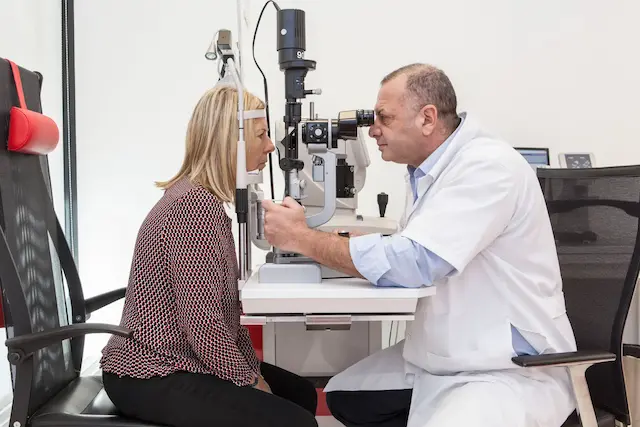
TRANS-PKR SmartSurfACE
A 100% laser treatment. Contactless.
Trans-PKR (transepithelial photorefractive keratectomy) is an innovative method for correcting visual defects without any cutting or contact. Unlike LASIK, Femto-LASIK or Smile techniques, this treatment does not require corneal flap incision. The epithelium is simply removed using a high-precision laser, allowing for a gentler procedure and reduced recovery time.
This method is ideal for patients seeking a non-invasive, fast, and safe treatment. Offering excellent clinical results, Trans-PKR is suitable for most visual defects, with the advantage of quick healing and fewer risks of complications.
SmartSurface / TransPRK with SCHWIND AMARIS laser systems
The advantages
Thanks to our advanced technologies and expertise, we offer you laser correction solutions that guarantee comfort, speed, and safety. Here are the main advantages of our methods:
Which conditions can be treated with TRANS-PKR?
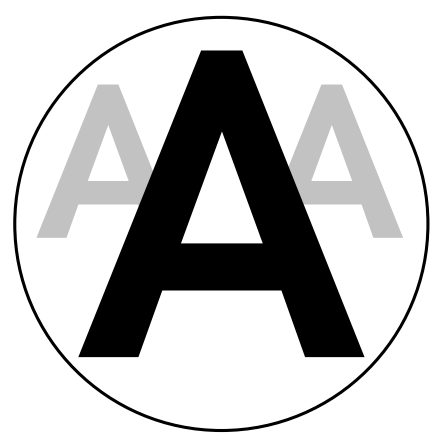
Myopia
Effective correction up to -10 diopters.
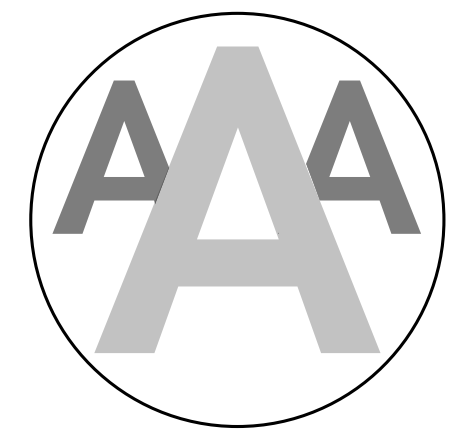
Hyperopia
Correction up to +4 diopters for clear near vision.
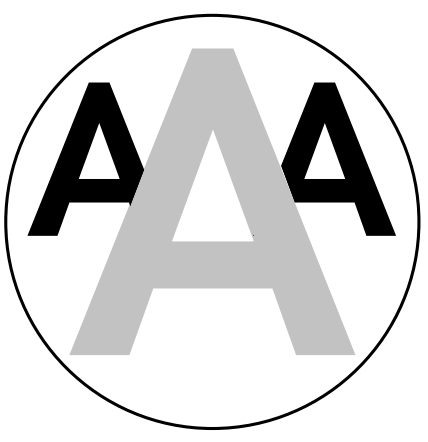
Presbyopia
Personalized care for patients over 40 years old.
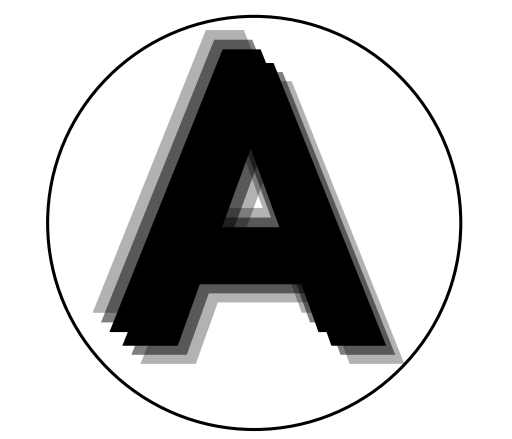
Astigmatism
Correction possible up to 5 diopters.
Discover more information about the different eye conditions and how they can be treated
View all conditionsAm I suitable?
Laser vision correction is an ideal option for many people, but certain criteria must be met to be eligible. Here are the pathologies and necessary conditions:
Check my eligibilityAt EASYLASER: contactless and stress-free vision correction
The SmartSurfACE Trans-PKR method combines the advantages of Trans-PKR technology with SmartPulse technology to offer an even more effective solution. This contactless treatment requires no surgical tools or corneal incision. Thanks to the gentle action of the laser, the epithelium is removed with great precision, ensuring a smooth surface and accelerated healing process.
This approach significantly reduces stress for the patient while ensuring rapid recovery. The SmartSurfACE method ensures clear and sharp vision after surgery, with maximum comfort and minimal risk of complications.
Although TRANSPKR SmartSurfACE is the fastest, safest and most non-invasive technique for correcting vision defects, it is not the only existing technique:
Laser Technology
Femtolasik / Lasik
-
Number of steps
2 steps -
Procedure
1. Epithelium cutting by Femtosecond laser (Femtolasik) or manual (Lasik)
2. Corneal ablation by Excimer laser
-
Duration (per eye)
About 15 minutes per eye -
Recovery time
2 weeks -
Explanatory video

Smile
-
Number of steps
2 steps -
Procedure
1. Lenticule cutting by femtosecond laser
2. Dissection + lenticule extraction
-
Duration (per eye)
About 15 minutes per eye -
Recovery time
2 weeks -
Explanatory video

SmartsurfACE Trans-PKR
-
Number of steps
1 step -
Procedure
1. Photoablation by sublimation of epithelium and cornea
-
Duration (per eye)
20 - 30 seconds -
Recovery time
2 weeks -
Explanatory video

1. Epithelium cutting by Femtosecond laser (Femtolasik) or manual (Lasik)
2. Corneal ablation by Excimer laser
1. Lenticule cutting by femtosecond laser
2. Dissection + lenticule extraction
1. Photoablation by sublimation of epithelium and cornea
SmartSurfACE TRANS-PKR Laser in detail
TransPKR, or transepithelial PRK, is an advanced and innovative refractive surgery technique. It represents an evolution of classic PRK, used to correct certain visual defects.
Advantages
It is suitable for most visual defects.
It is the fastest technology, with a treatment duration between 20 and 30 seconds.
Thanks to the absence of direct contact and anesthetic drops, the treatment is completely painless.
Thanks to the 7D eye-tracker, the laser anticipates the slightest eye movements, thus eliminating any risk of error.
You avoid potential complications related to corneal flap cutting.
This technique offers better corneal stability.
You reduce the risk of prolonged corneal dryness.
The rates are currently among the most competitive compared to other available technologies.
Disadvantages
This technology may not be suitable for everyone, depending on the severity of the visual impairment, the thickness of your cornea, or the diameter of your pupils. That's why we offer a free appointment to assess your eligibility for the Trans PKR procedure.
During the 3 to 4 days following the procedure, you may experience moderate discomfort.
TRANS-PKR - 100% contactless
In classic PRK, surgeons manually remove the superficial layer of the corneal epithelium, involving direct contact with the patient's eye. TransPKR, more efficient and precise, eliminates this direct contact.
Indeed, the entire procedure is performed using laser, including the removal of the epithelium.
Unlike LASIK refractive surgery, this technique does not require creating a corneal flap. TransPKR is therefore non-invasive, which reduces the risk of complications and offers a safer solution for patients.
SmartSurface is a laser procedure developed by SCHWIND, a company specialized in eye surgery technology. At EASYLASER, we use this technology to perform TransPKR interventions due to its high precision and excellent results. This laser combines the advantages of TransPKR, particularly contactless ablation, with SmartPulse technology, which ensures a perfectly smooth corneal surface after the procedure. SmartSurface thus eliminates the need for incision and folding of the upper layers of the cornea.
Gentle and highly secure, this technology is reassuring for patients while offering excellent results.
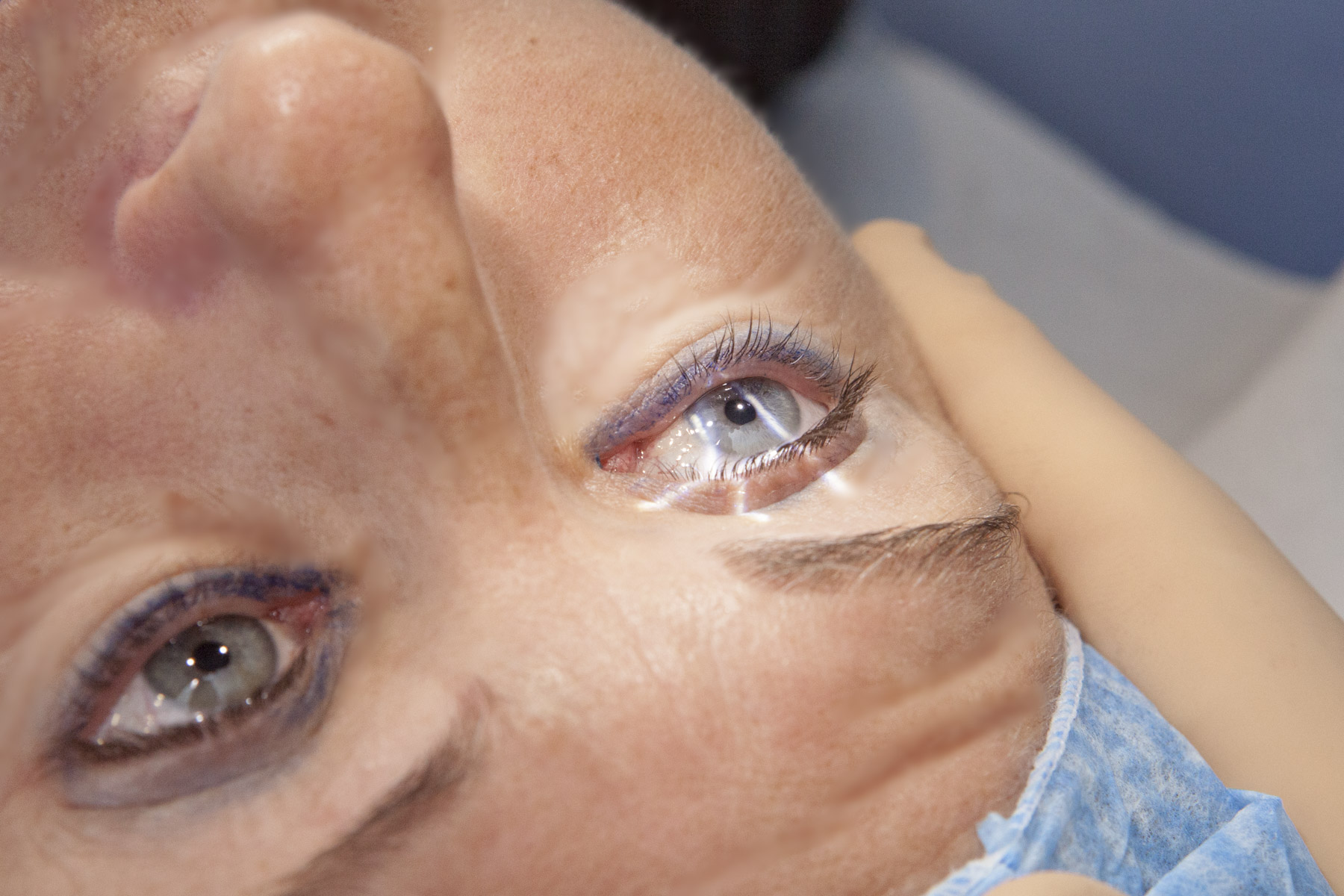
Latest generation laser treatment for optimal vision correction
When to opt for TransPKR?
TransPKR is mainly indicated for people suffering from myopia, astigmatism, or hyperopia who wish to correct their visual disorders. For presbyopia correction, Presbymax Monovision laser technology, also available at EASYLASER, is generally the most suitable solution.
However, several factors must be taken into account, including:
- The degree of visual impairment;
- The thickness of the cornea;
- The diameter of the pupils;
- The curvature of the eye;
- The presence of other eye conditions.
To determine if you are a good candidate for this procedure, EASYLASER offers you the opportunity to have a complete vision assessment during a free initial visit. This visit is without commitment and can be booked ici.
How does TransPKR refractive treatment work?
The patient lies down comfortably while the practitioner applies anesthetic eye drops to numb the eye. Both eyes can be treated during the same session.
TransPKR surgery is quick and painless, requiring no hospitalization. The patient can leave the facility immediately after the procedure, but must be accompanied as vision will be blurry for the first 24 hours.
The bandage lens is usually removed after 3 to 5 days. At this point, visual acuity begins to improve, and the "foggy" sensation gradually disappears over a period of about 30 days.
Main steps of the Trans-PKR procedure
1. Local anesthesia
Anesthetic drops are applied to the eye.
2. Epithelium removal
The excimer laser removes the epithelium, without manual contact.
3. Corneal reshaping
The laser sculpts the cornea to correct visual defects (myopia, astigmatism, hyperopia and presbyopia).
4. Bandage lens placement
A special lens is placed on the eye to protect the cornea and promote healing.
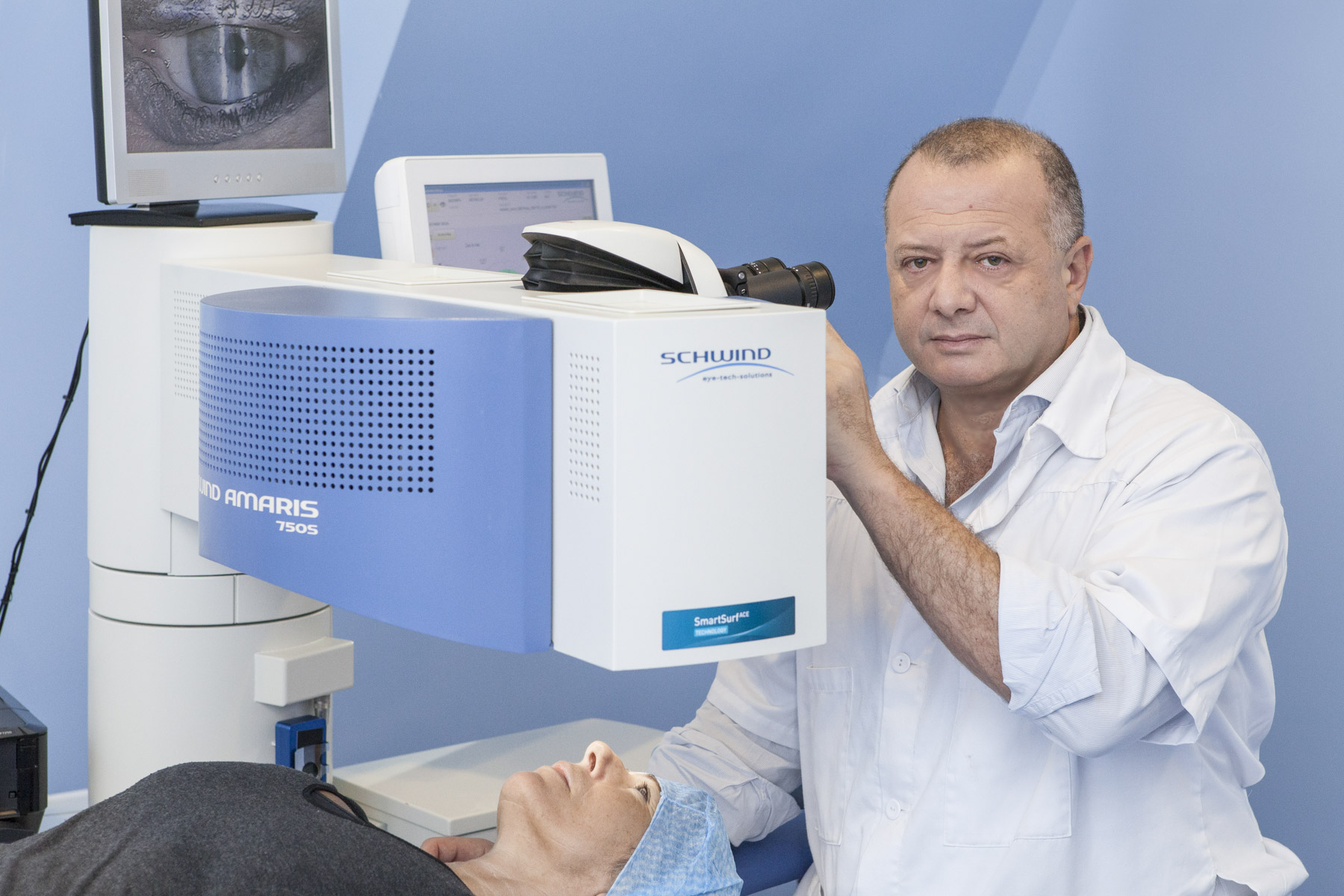
Surgical procedure with the latest generation SCHWIND AMARIS laser
Postoperative treatments
Immediately after surgery, the surgeon places a bandage lens on the operated eye to facilitate healing. The patient must keep it for 3 days and return to the clinic so that the optometrist can remove it and check the healing.
During the hours that follow, it is common to feel discomfort such as eye pain or tearing.
The surgeon schedules regular consultations during the first year to monitor the evolution of healing. A treatment of at least two weeks is prescribed (anti-inflammatories, antibiotic eye drops), which the patient must follow rigorously. Lubricating eye drops are also prescribed for several weeks to maintain eye comfort.
Advantages of TransPKR
Non-invasive and painless
TransPKR requires no direct contact with the eye or corneal flap creation, making it gentle and secure.
Speed and recovery
The procedure is quick and recovery time is relatively short. Patients can generally resume their normal activities after a few days.
Lasting results
TransPKR offers long-lasting vision correction, reducing dependence on glasses and contact lenses.
Safe and precise method
Thanks to diagnostic systems and 7D technology, this procedure improves your vision and eliminates complications that could develop with a technique involving corneal cutting.
Long-term cost-effectiveness
By reducing the need for optical correction (glasses, lenses, regular exams), this procedure can be a cost-effective investment in the long term.
Disadvantages of TransPKR
Not eligible for everyone
Some patients cannot benefit from this surgery due to contraindications such as the presence of certain eye conditions.
Possible side effects
As with any operation, adverse effects may occur, such as discomfort, temporary blurred vision or dry eyes, but these generally remain limited and temporary.
In conclusion, TransPKR offers interesting advantages for refractive surgery, but it is essential to be well informed about contraindications and potential effects before proceeding.